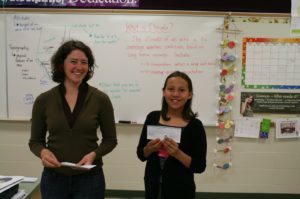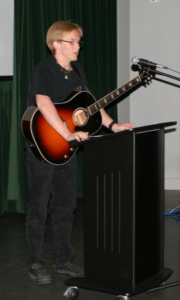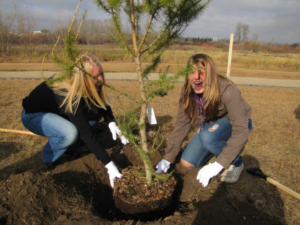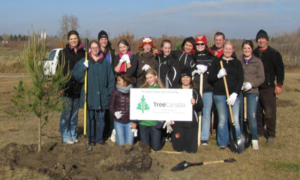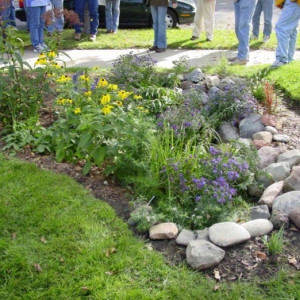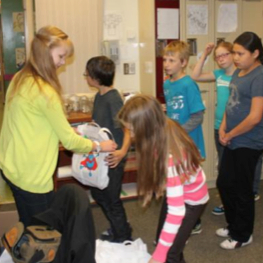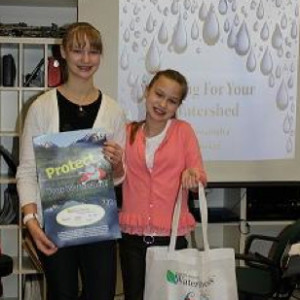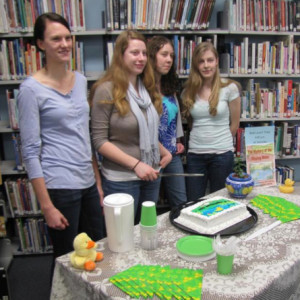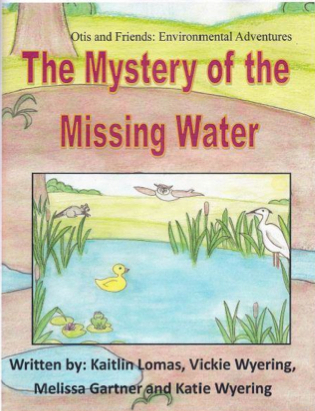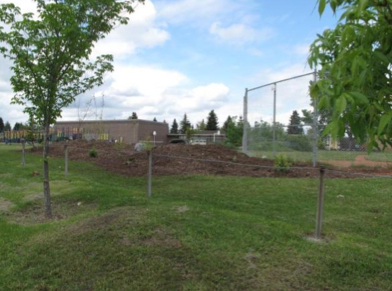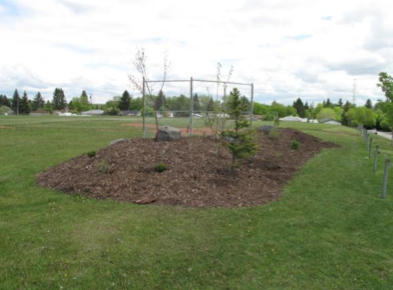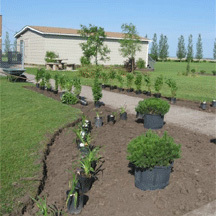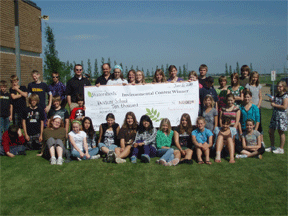2011 Ponoka, Alberta, Canada
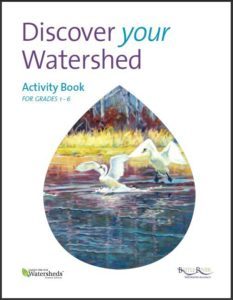
Caring for our Watersheds Contest Junior High Winners of 2010, Breanne, Jenna and Rachel wanted to tell a story of the importance of a healthy watershed. After researching the Battle River Watershed they decided that to have the greatest impact they should educate young people, which is exactly what they have done.
Breanne, Jenna and Rachel created the Discover your Watershed Activity Book for grades 1-6.
Inside the book are 12 colourful pages which include:
• Information on what is a watershed
• A Fishy Maze
• Water conservation tips
• Facts about Water
• A Watershed Crossword Puzzle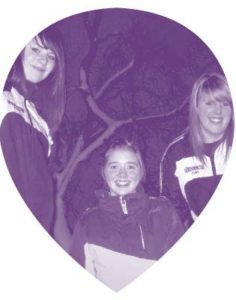
• A Water Saving Word Search
• A Coloring Page
• And space to draw your own watershed pictures!
The girls can now be found in the local elementary schools classrooms handing out their activity book to students. They are glad that their teacher Mrs. Perillat introduced them to the contest, and really enjoyed working together for a “greater cause”.
Thanks to Nutrien sponsorship, 500 copies of the book have been printed to educate students across the watershed.
